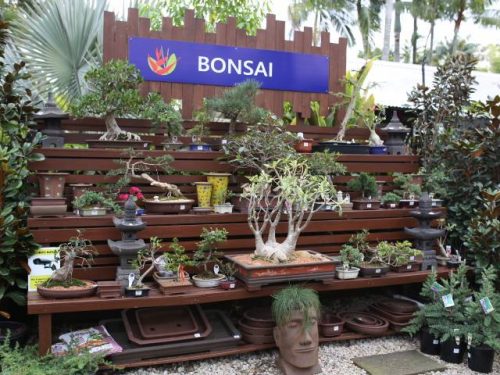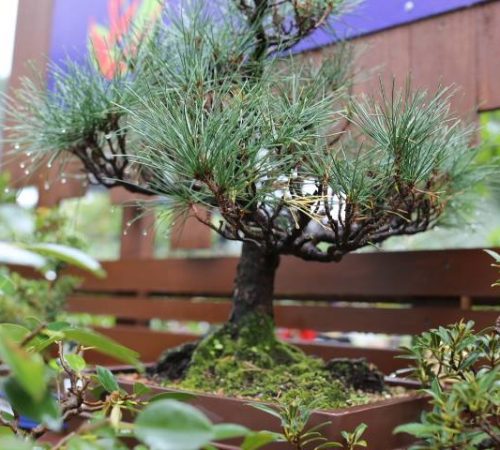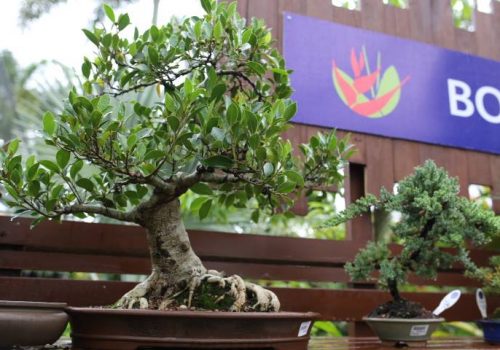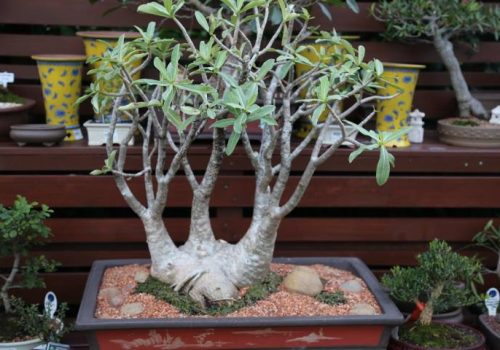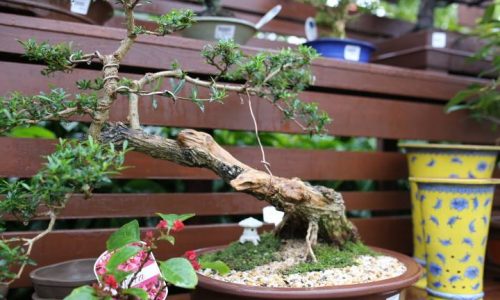Bonsai
Garden Center
Art vs. Nature
The practice of bonsai dates back as far as the 6th century AD, originating in Japan and China. Although the practice of dwarfing plants was not unique to these cultures, it is the Japanese version we’re all familiar with today.
The basic principle of bonsai is to create a small but dramatic potted specimen, reminiscent of the tortured trees and shrubs often found growing out of rocks or on a cliff face. This requires diligent pruning and attention to achieve. Although growing bonsai is not particularly difficult, it does require a certain commitment, not just in keeping the plant alive but in creating from it a work of art.
How much work is involved?
Although bonsai requires some knowledge and dedication, the maintenance is not really very much. Entire books are available on how to prepare bonsai, so this page is not intended to substitute for all that knowledge. If you’re thinking about doing a bonsai though, here’s a generalised break-down of what you can expect:
- Daily: Check if watering is required
- Weekly: Check for pest & diseases
- Monthly: Adjust wiring as required, pruning
- Yearly: Repotting or root pruning
What can I bonsai?
There are many plants which grow well as bonsai, from giant trees, to flowering shrubs and even succulent plants. Not all types are appropriate for Brisbane’s climate though, and not all are suitable for the novice. For example, Japanese Maples and Oak (Quercus) species make fantastic bonsai but are not well suited to our subtropical climate.
Below is a list of some of the better varieties to grow around this area. Of course, this list is not exhaustive, so if you see something you like, give it a try!
- Ficus
- Junipers
- Swamp Cypress
- Serissa
- Adenium (Desert Rose)
- Buxus
- Olives
- Bougainvillea
Popular varieties
[pt_view id=”a3f48901e9″]

